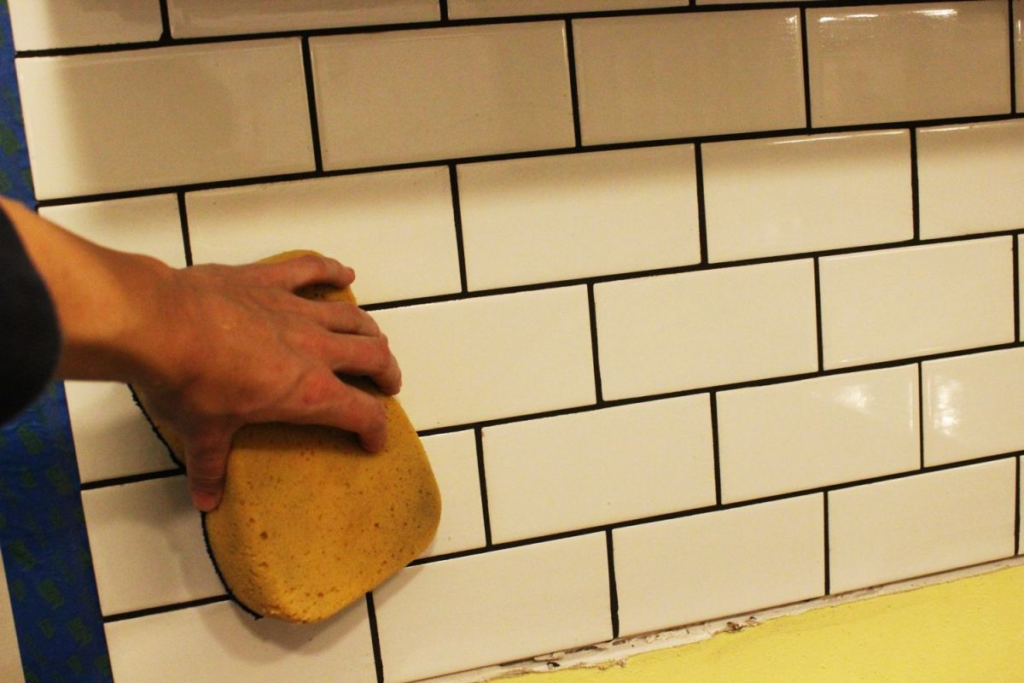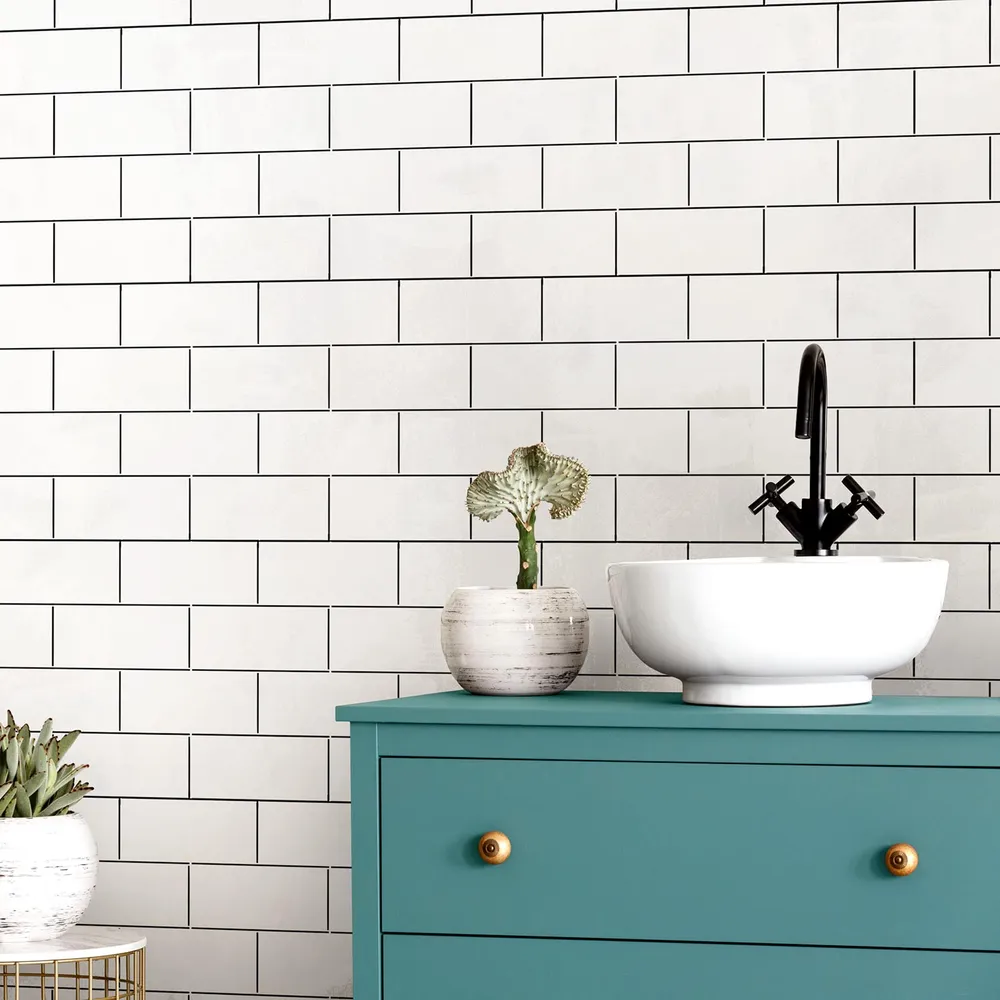It’s exciting to bring you the surest step-by-step guide on how you can create subway tiles as a beginner. As a beginner, there are certain things you must put in place, beginning from the tools to the steps you must take. By experience, many people discovered they could use the DIY approach to fix the backsplash in the kitchen and still give a professional touch. Meanwhile, the process to follow also requires a level of diligence to ensure you do all it takes. You can read Instruction for beginners of Subway tiles backsplash by visiting ttps://tileandbathco.com.au/collections/subway-tiles
Whether you had a backsplash before or not, you can always create some magnificent outlook in the end. Particularly if you just moved into a new place and are still looking for a way to customize it. This guide can help you create a unique style. So, instead of just painting it white on black, you can build a patterned faux backsplash that you love. Meanwhile, you need not come under the pressure of creating a new backsplash; you can also take your time.

Needed Materials to Create Subway Tiles
Below are some of the items you need to create the backsplash design with the subway tiles. You may love to place an order from a local store and prepare ahead of your day of creation. let us check the list
- A set of ceramic subway tile
- Tile spaces of a quarter inch
- Thin-set mortar
- Grout
- Grout float
- Tile edging trim pieces
- Trowel
- Sharpie
- A wet saw and a manual cutter
The entire process of installing subway tiles can be divided into three sections, namely.
- Demo
- Tile installation, and
- Grouting

Demo and Drywall Replacement
This step pertains to those who have an existing backsplash. Moreover, it deals with a demonstration of the process of replacing drywall. However, if you don’t have an existing backsplash on your wall in the kitchen, skip this step to the next one. That said, it might be challenging to salvage anything meaningful from drywall. When you begin to remove a few tiles, you can tell if items are still helpful there. If not, remove and dispose of whatever is left on the surface and prepare it for the subsequent laying. Click here to read about Common FAQs for Modern Subway Tiles in Sydney.
Meanwhile, below are some of the materials you need for the demo and to create the space required. So, when demoing an existing backsplash, you need these materials.
- Box cutter
- Hammer
- Crowbar or Pry bar
- Drywall screws
- Sheetrock, depending on the number of pieces you need for the available space.
- Drywall knife or multi-tool
How to Demo an existing Backsplash
If you wish to retain an existing backsplash, prepare to make a mess of the whole place. Ideally, the quantity you make is part of the fun of doing it yourself. So, in preparation for the mess, get a plastic drop cloth, which you can place on the countertop to collect all the waste materials. You can also use it to protect the countertop and later clean it if need be, In addition, make extra trash bags available or boxes to collect the materials you need to dispose of.
You may first apply a pry bar to kickstart the process of trying to demo an existing backsplash. But if you discover that it is causing damage to the current sheet rack, it is time to change the strategy. It is time to use the hammers and remove every stud and residue you don’t want to remain on the wall. Meanwhile, it does not take too much effort to remove the tiles, especially if the wall is dry, pull off the remaining sheetrock and clean up the wall from the crevices of the cabinet. More so, you can also use a box cutter or drywall knife to obtain clean lines.
Adding new drywall to your backsplash
Before placing the subway tiles on the wall, the first measure the available space for the new drywall. Meanwhile, don’t be intimidated by the presence of holes here and there. You may not need many sheets of drywall to finish the job. Measure the height and width of the available space. Meanwhile, the measurement refers to the distance between the countertop and the cabinet. Then you score them using a box cutter, after which you break off the piece.
The next step is to use a multi-cut tool to remove the outlet holes and fix your drywall in place smoothly. Amazingly, you may not even need tape or mud drywall to keep it in place if the shape measurement is accurate. When the drywall is in place, then it is time to start tiling the subway tiles.
Installing the Subway Tiles in Place
We just reached the core of our DIY task in Subway tiles installation. Depending on the measurement of the wall that you have, you can choose the standard tile size of 12 inches. Otherwise, 6-inches subway tiles can also work through the same steps. Before you begin, check out the bottom row of the space to ensure that it is at the level because you do not want crooked tiles. As a guide, you can even draw a line on the wall using a laser or regular class to keep it as straight as possible.
Begin to apply the mortar with a towel to set each tile in its rightful place and fill up the space in between. You can either be placing the mortar directly on the subway tiles before placing them or put the mortar on the surface first. Either way, you will arrive at the same result, only that some people prefer to place the mortar on the tiles directly first. Another important thing here is to ensure the mortar is not dripping over the countertops. When the lower row is set, you continue to fix the other tiles in a repetitive pattern, depending on your style of choice.

Conclusion
On a final note, creating a backsplash in the kitchen is one of the most manageable DIY tasks in interior decorations. However, it requires a guide such as we already provided here. So, take your time, get all the materials and tools you need, and finish the job. Meanwhile, Tile and Bath Co can assist you with any home interior material that you need, especially subway tiles.


